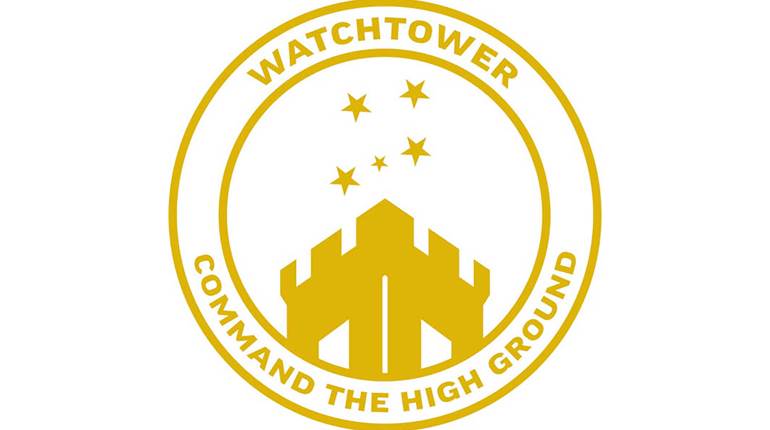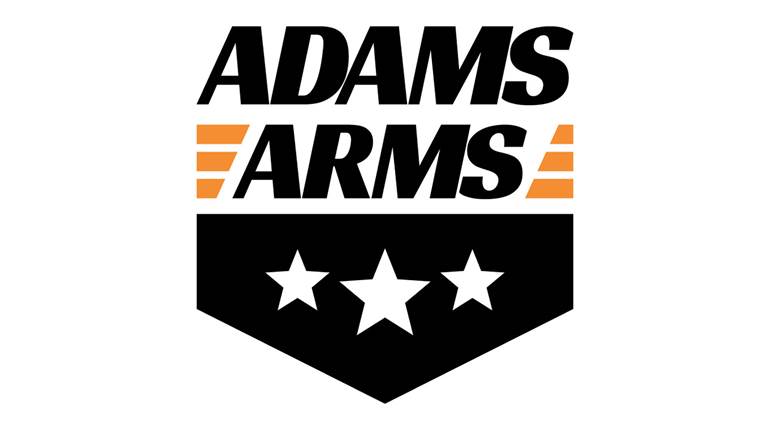
Of the roughly 18,000 law enforcement agencies that protect and serve across the United States, 31 percent failed to submit 2022 crime data to the Federal Bureau of Investigation’s (FBI) database, according to a report last month from The Marshall Project, a nonpartisan, non-profit organization dedicated to publishing deeply researched stories and reports that expose the U.S. Criminal Justice System’s shortcomings and the need for improvement. That number is, however, a significant improvement compared to 2021’s non-participation figure of 40 percent.
When the information is provided, the FBI’s Uniform Crime Reporting (UCR) program compiles it into a comprehensive resource for tracking and fighting criminal activity. It’s also a valuable resource for law-abiding citizens, who can heighten their awareness by visiting the Bureau’s webpage where they can get more information on violent crime trends, drilled down to their state level. The UCR is widely cited as an authoritative source by the media—despite some of the nation’s largest departments chronically missing.
The biggest police departments that failed to submit information for the past two years, in descending order by number of residents, include New York City, Los Angeles, San Jose (Calif.) San Francisco, Tucson (Ariz.), Omaha (Neb.), Miami (Fla.), Oakland (Calif.), New Orleans (La.), Riverside (Calif.), Santa Ana (Calif.), Pittsburgh (Pa.), Orlando (Fla.), Fort Lauderdale (Fla.), Kansas City (Kansas) and Fresno (Calif.). Counties not reporting in 2021 and 2022 include Suffolk County (N.Y.), Nassau County (N.Y.), Hillsborough County (Fla.), Los Angeles County (Calif.) and Orange County (Fla.).
“Many criminologists fear the missing data means reliable crime rates will be unavailable later this decade,” the report explains. “When local police departments don’t report data to the FBI, examining local crime trends or comparing rates in different communities becomes impossible.”
While homicides and other violent crime can be, and often are, tracked by other means, UCR reports provide insights rarely available elsewhere. It compiles, for example, age of victims, where the incident occurred, relationship to the perpetrator and much more. The FBI began the analysis in 1930 and has vastly improved the information it provides and the ability to share it with the public.






































